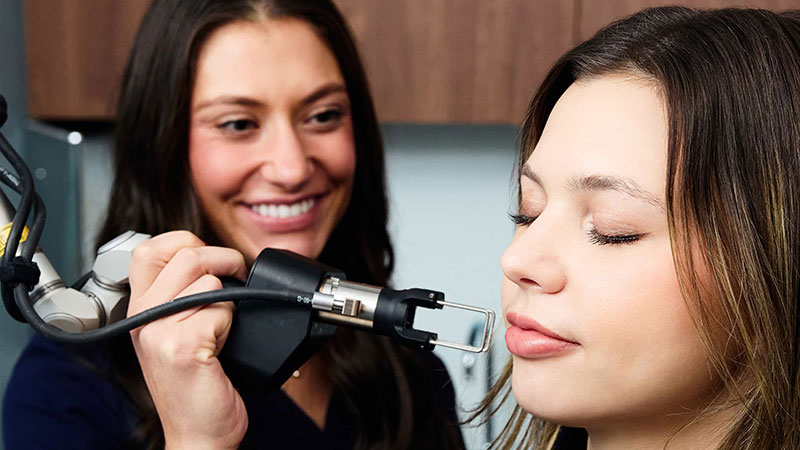1964: Birth and Initial Applications
The CO2 laser was first invented in 1964. Its ability to emit high-energy beams absorbed effectively by water and skin tissue made it an ideal tool for surgical applications, earning it the reputation of being a precise “laser scalpel.”
1980s-1990s: Popularization of Traditional CO2 Lasers
During this period, CO2 lasers gained widespread use as traditional ablative lasers for wrinkle removal and skin resurfacing. By vaporizing the epidermis and part of the dermis, they activated wound healing mechanisms, stimulated collagen production, and improved skin texture. This established CO2 lasers as the “gold standard” in dermatology.
Limitations of Traditional CO2 Lasers
Despite their effectiveness, traditional CO2 lasers had significant drawbacks, including prolonged redness, hyperpigmentation, and slow healing, particularly in non-facial areas like the neck, chest, and hands. These issues restricted their broader adoption.
2004: Emergence of Fractional Mode
In 2004, Mainstein introduced the fractional mode for treating photoaging, revolutionizing the field. This technology dispersed the laser energy into microscopic beams, minimizing side effects and significantly enhancing collagen production, leading to the rapid development of fractional CO2 lasers.
Characteristics and Advantages of Fractional CO2 Lasers
Fractional lasers create microscopic thermal zones (MTZs) that target specific areas while preserving surrounding healthy tissue. These “islands” of healthy skin accelerate repair processes and reduce adverse effects. Compared to traditional CO2 lasers, fractional lasers shorten recovery time (24–48 hours) and offer greater safety and effectiveness.
Current Applications and Future Directions
Fractional CO2 lasers are now widely used to treat wrinkles, photoaging, atrophic scars, hypertrophic scars, vitiligo, and superficial pigmentation. They also assist in drug delivery. Future research focuses on understanding dynamic changes in gene expression and skin functions during treatment to further refine therapeutic outcomes.






Leave A Comment